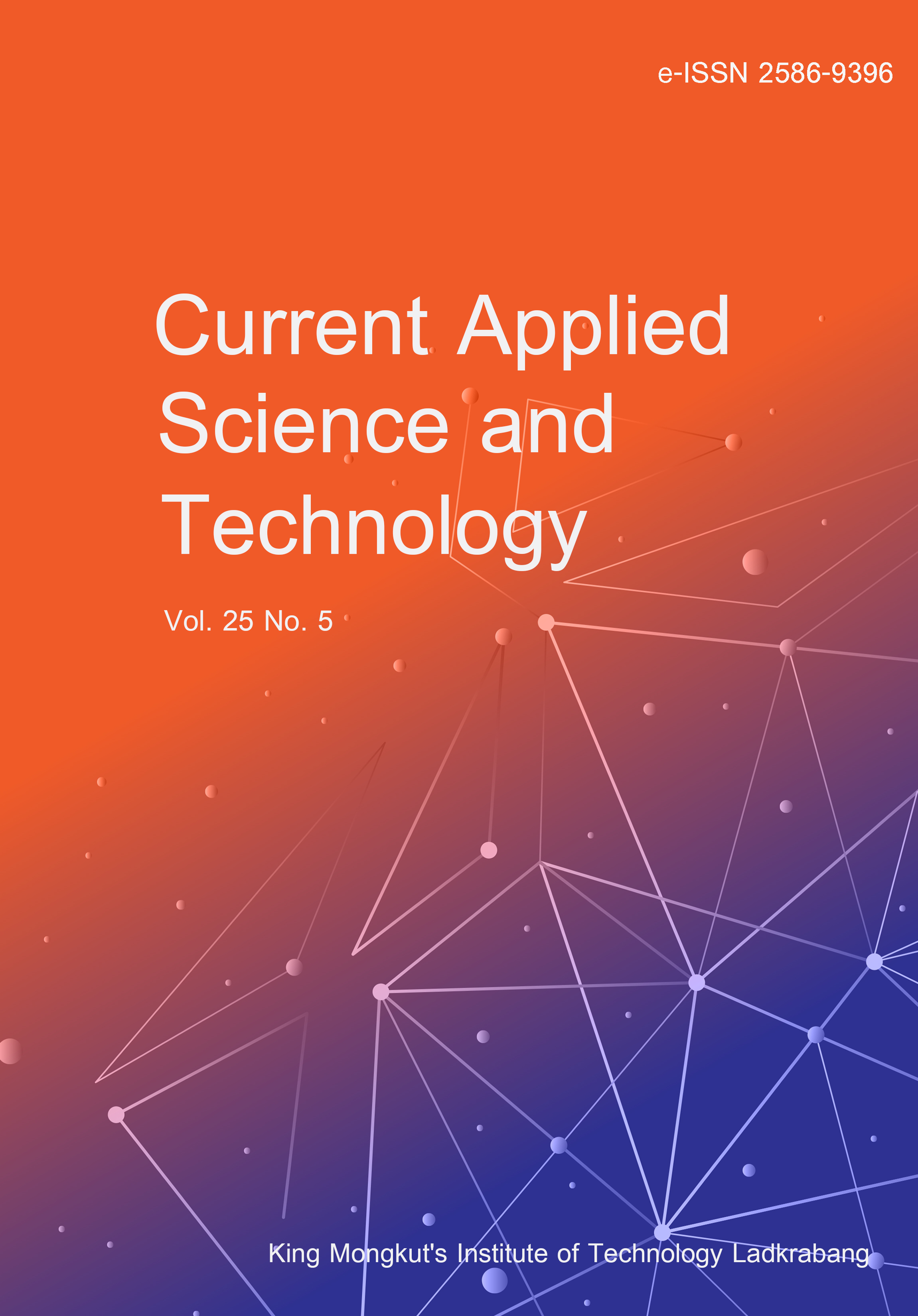The aim of this study was to enhance photocatalytic activity through an electrochromic process. Multilayer films comprising WO3 deposited on TiO2 nanotubes (TNTs) were fabricated on ITO (indium tin oxide) glass substrates. The TNTs layers were synthesized via the anodization of Ti films, with variations in the deionized water content (1, 3, and 5 wt%) in ethylene glycol and NH4F as electrolyte solutions. The results revealed that the DI water ratios during anodization significantly affected the morphological and crystalline characteristics of the TNTs. At a 3 wt% deionized water ratio, the TNTs exhibited an aligned nanotube structure and a larger crystallite size of the anatase phase. At a 5 wt% DI water ratio, degradation in both the crystalline characteristics and morphology of TNTs was observed. Furthermore, the photocatalytic performance of the TNTs and the WO3 films deposited on the TNTs (WTNTs) samples was investigated to compare between pre-colored and colored states by examining their degradation rates of methylene blue solution under 300 µW/cm2 ultraviolet irradiation. The results of the colored states analysis indicated that the WO3 layer enhanced color efficiency by increasing absorption, resulting in the generation of more electron-hole pairs. Consequently, this state exhibited a significantly higher degradation rate compared to the pre-colored state.
Chuenkruit, A. ., Thongjoon, W. ., Aiempanakit, M. undefined. ., Aiempanakit, C. ., & Aiempanakit, K. . (2025). Preparation of WO3 on TiO2 Nanotubes for Electrochromic-enhanced Photocatalytic Activity. CURRENT APPLIED SCIENCE AND TECHNOLOGY, e0263966. https://doi.org/10.55003/cast.2025.263966

